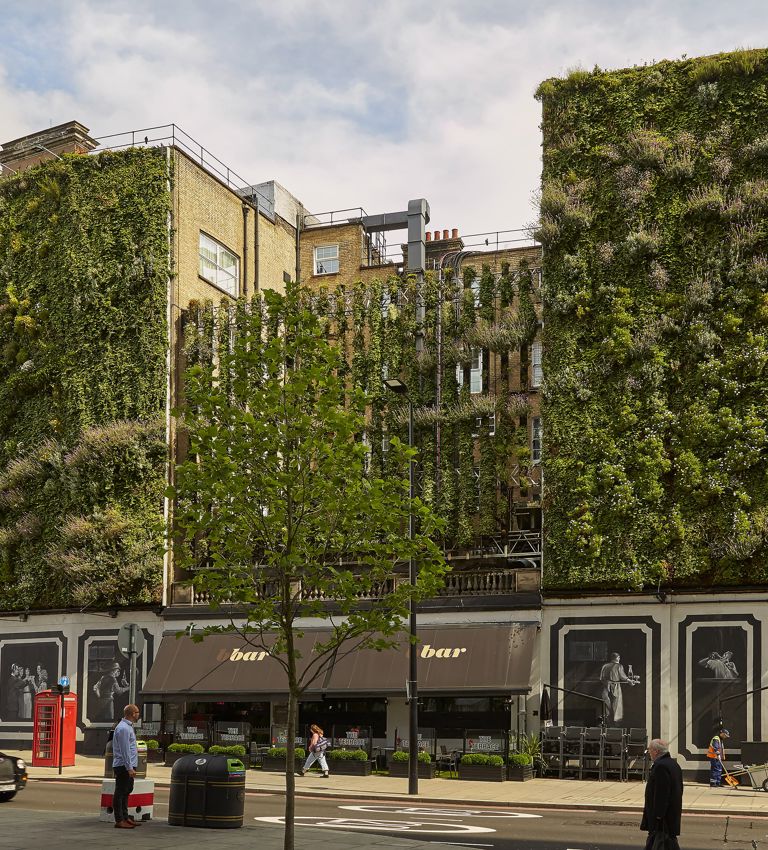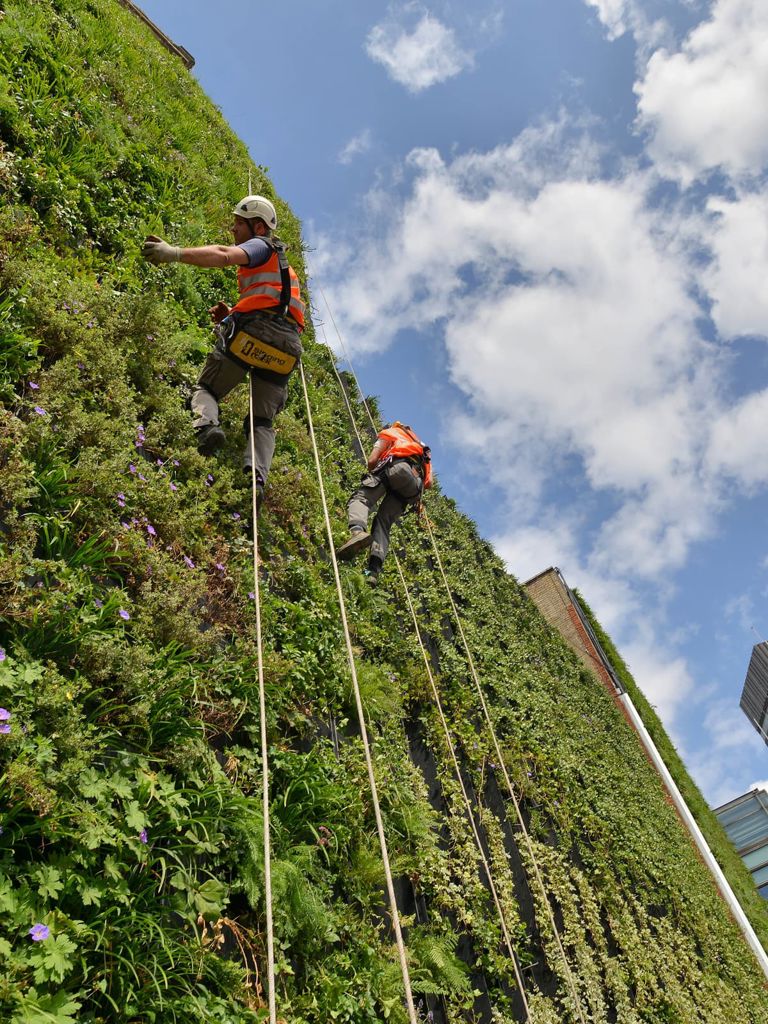
Celebrating 10 years of our green living wall
As we reach this remarkable milestone, join us in celebrating ten years of our treasured living wall here at The Rubens.

As we reach this remarkable milestone, join us in celebrating ten years of our treasured living wall here at The Rubens.
From sourcing local produce and eliminating single-use plastics, to offering an array of unique sustainable experiences, learn how we support the future of sustainable tourism at The Rubens at the Palace.
Sustainability at The Rubens